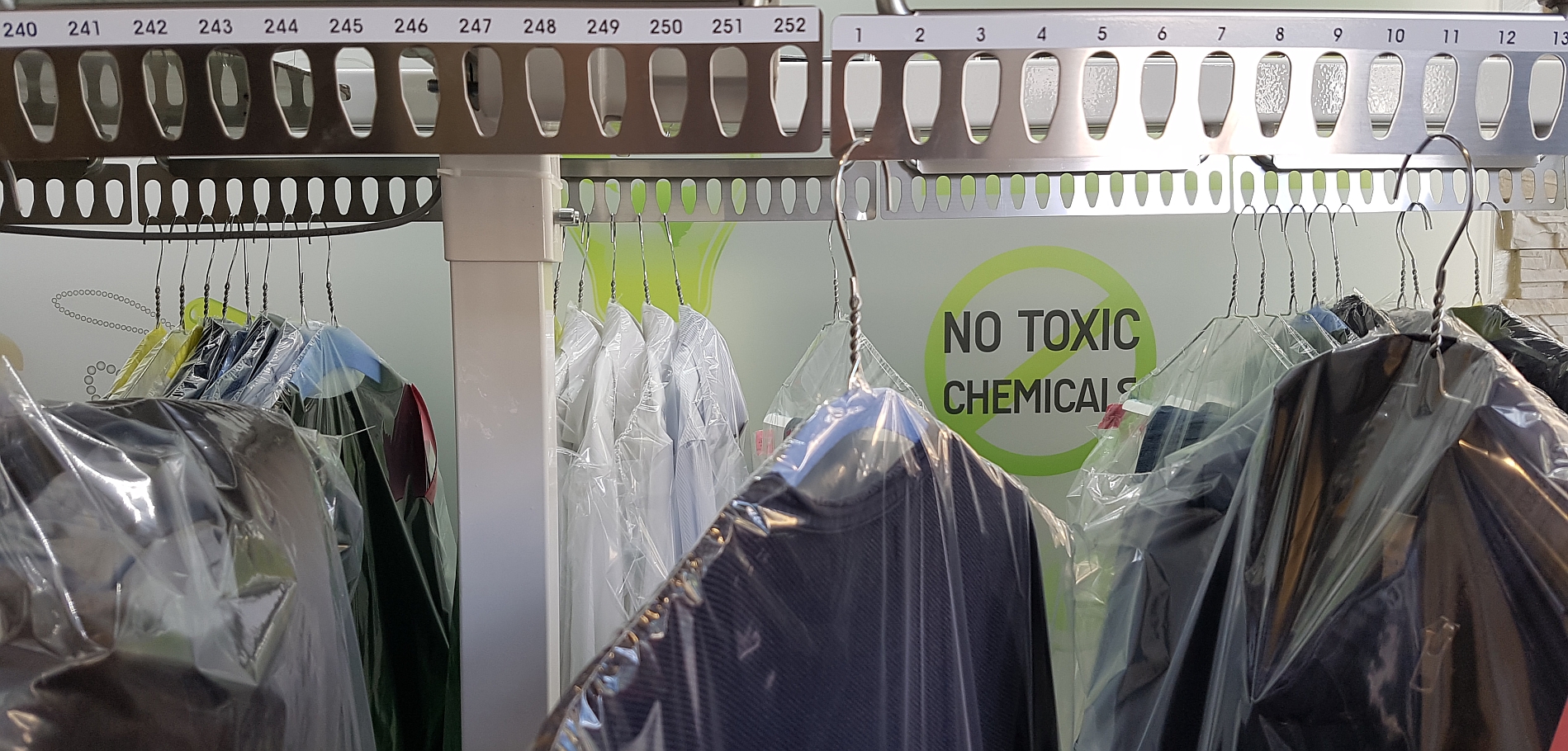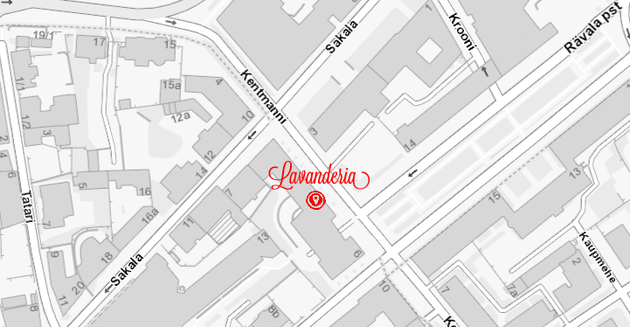Wear an undershirt
Having something underneath your dry-clean-only items will allow you to wear them longer between cleanings.
Handwash or use the delicate cycle
Many fabrics can be safely hand or machine washed at home, even if the tags say to dry clean them. This is because manufacturers, who may be held responsible if the cleaning method on the tag causes damage to your clothing, tend to play it safe by recommending dry cleaning more often than necessary. Handwash with cold water, or use your delicate cycle with a mild detergent and line or flat dry. Cashmere can be safely washed at home. Silk, wool, and rayon can, too, if you watch the temperature and agitation to eliminate damage and shrinkage. Wool items must be “blocked”–laid flat and stretched to correct size and shape before drying. But bulky wool items such as jackets are probably best taken to a dry cleaner.
Air out
If you do get your clothes dry cleaned, keep in mind that they can release perc into your home. While the levels are highest in the room in which the clothes are stored, perc will spread throughout your home for as long as a week. So, you might want to hang your clothes in the garage or outside before bringing them in.
Try hydrocarbon based on natural solvents
A relatively new alternative in Tallinn, which is not yet widely used.
Other Considerations
Those plastic bags you get at the dry cleaners aren’t particularly friendly to the environment. Reuse and recycle them. Better yet, if you have a lot of dry cleaning, purchase a reusable cloth garment bag for your dry cleaner to use. And what about those wire hangers? Take them back to your dry cleaner to be re-used.
Benefits to your health
Skipping perc dry cleaning will reduce your exposure to air contaminants and probable human carcinogens.





